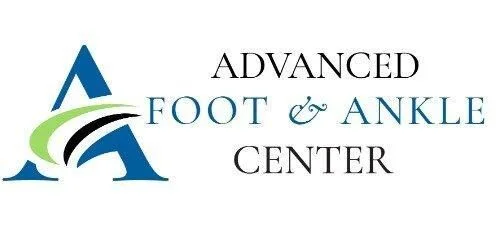Table of Contents
Why Are These Procedures Performed?
The tight heel cord is one of the root causes of many mechanically related foot and ankle conditions. A contracted Achilles tendon can be congenital or acquired in nature and is called equinus contracture. In children, it may cause toe walking. Overtime as the person grows they compensate for the short tendon in a number of detrimental ways. An equinus condition can place incredible stress on the foot causing eventual breakdown of joints that can lead to acquired flatfeet and rupture or stretching of soft tissue supports in the arch. In people with diabetes it can even lead to forefoot wounds. Heel pain, stress fractures, ball of foot pain, mechanical arthritis all can often be attributed to equinus contracture.
Gastrocnemius Recession
The Achilles tendon is formed by two muscles in the calf joining together, the gastrocnemius and the soleus. One common place for lengthening is performed at the Achilles tendon and gastrocnemius muscle interface. This includes a small incision on the inside of the calf. Usually it is necessary to maintain non-weightbearing in a splint for four weeks after this procedure. This procedure is often adequate to correct a tight heel cord.
Achilles Tendon Lengthening
In more severe cases, the tight heel cord requires direct lengthening. This procedure involves three small incisions along the Achilles tendon directly. Similarly it is necessary to maintain non-weightbearing in a splint for four weeks after this procedure. A greater amount of length can be achieved with this procedure.
Conclusion
With either technique lengthening of the Achilles tendon can be very beneficial in the severe contracted state, it still requires focused rehabilitation to return to full function. The lengthening is often combined with other procedures unless the disease process is identified early before any secondary tissue breakdown occurs.
Contact us today to schedule an appointment.



